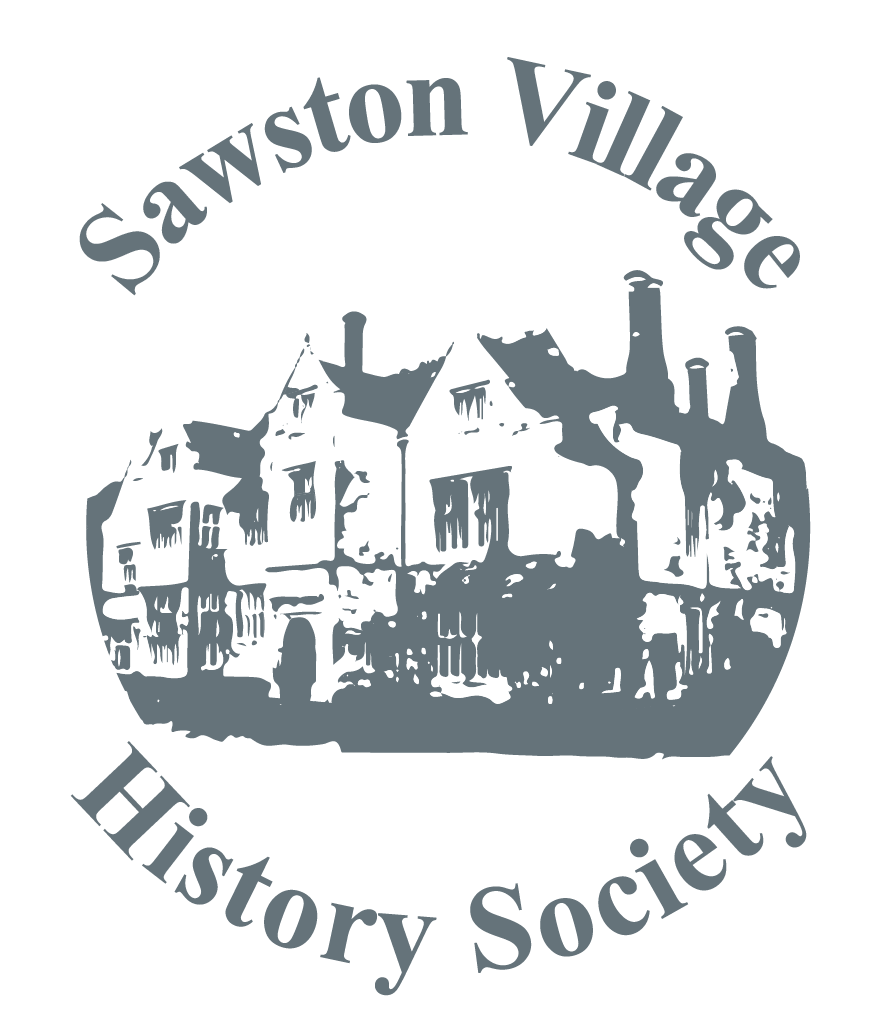
The November meeting began with a tribute to Ivan Start, a long-standing member, who had died recently at the age of 94. Ivan lived all his life in Sawston and had an unparalleled knowledge of the village and its people. His memories have been recorded in a series of interviews and extracts have appeared in Sawston Scene and can be heard on the audio post in the Challis garden. He was also a valued volunteer at the Challis Garden and Museum.
The speaker at the meeting was Tony Kirby on the topic of Railway Architecture. Tony began by reminding the members that buildings associated with travel pre-dated the coming of railways, citing coaching inns, tollhouses such as the one at Trumpington, and warehouses, exemplified in King’s Lynn.
The first passenger railway was opened in 1830 and stations were constructed soon afterwards with Euston in 1837, King’s Cross in 1851 and St Pancras in 1868. The Great Eastern Railway developed the line from Bishop’s Stortford to Norwich in 1845 and the line from Cambridge to Peterborough in 1847. Liverpool Street became the terminus of the Cambridge line in 1878. From London to Newport the line follows the rivers but at Audley End Lord Braybrooke refused to have the line anywhere near his estate, as he did not want his view ruined, and so it goes through deep cuttings and tunnels.
The Great Eastern Railway built Cambridge station with two Italianate colonnades, while the Great Northern Railway also built a station next door, which is now platform 3. Ely station has a similar design, while the smaller stations followed a set pattern and used local materials, notably at Shelford. Signal boxes began to be built from the 1870s. Audley End station has an elaborate porte cochere under which Lord Braybrooke and his guests could disembark from their carriages.
Other lines had distinctive styles with the Newmarket line stations ornamented with pediments over the entrance and the King’s Lynn line noted for Tudor style, using local materials as at Downham Market. The Ipswich line favoured Jacobethan as seen at Stowmarket, Thurston and Bury St Edmunds. The station at King’s Lynn was rebuilt after the Prince of Wales bought Sandringham and in 1881 Wolferton Station was designed with rooms fit for royalty. In the 1890s came the domestic revival architectural style of which Whittlesford station is a good example.
Between the wars the only notable new station was at Clacton-on-Sea. From the 1960s, the stations at Broxbourne and Harlow Town are both Grade II listed. Many stations were lost in the 1970s and 1980s, but new stations do emerge, notably at Cambridge North and, it is hoped, Cambridge South next year.
Mary Dicken